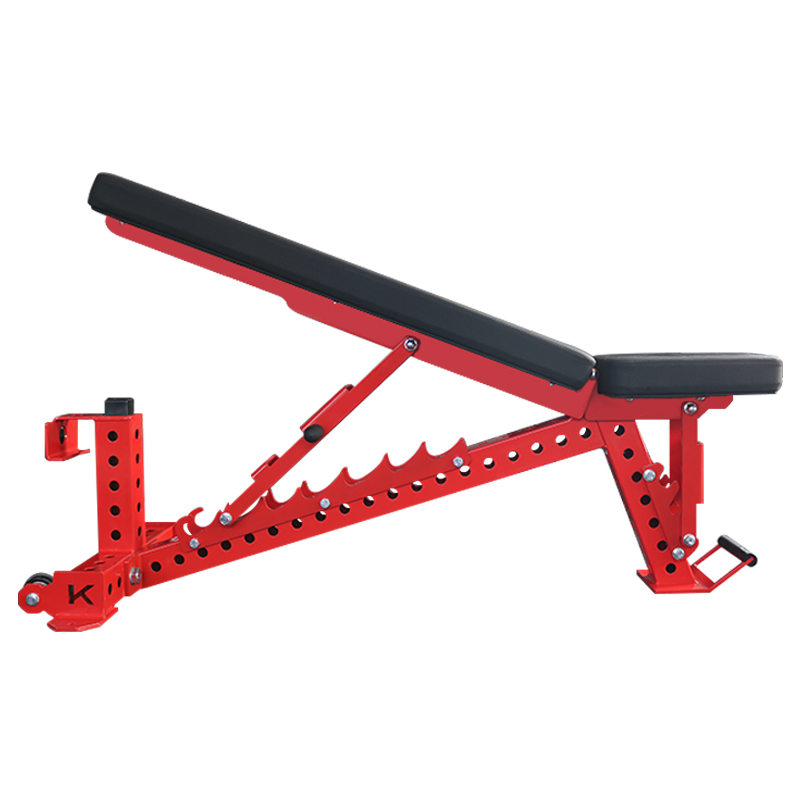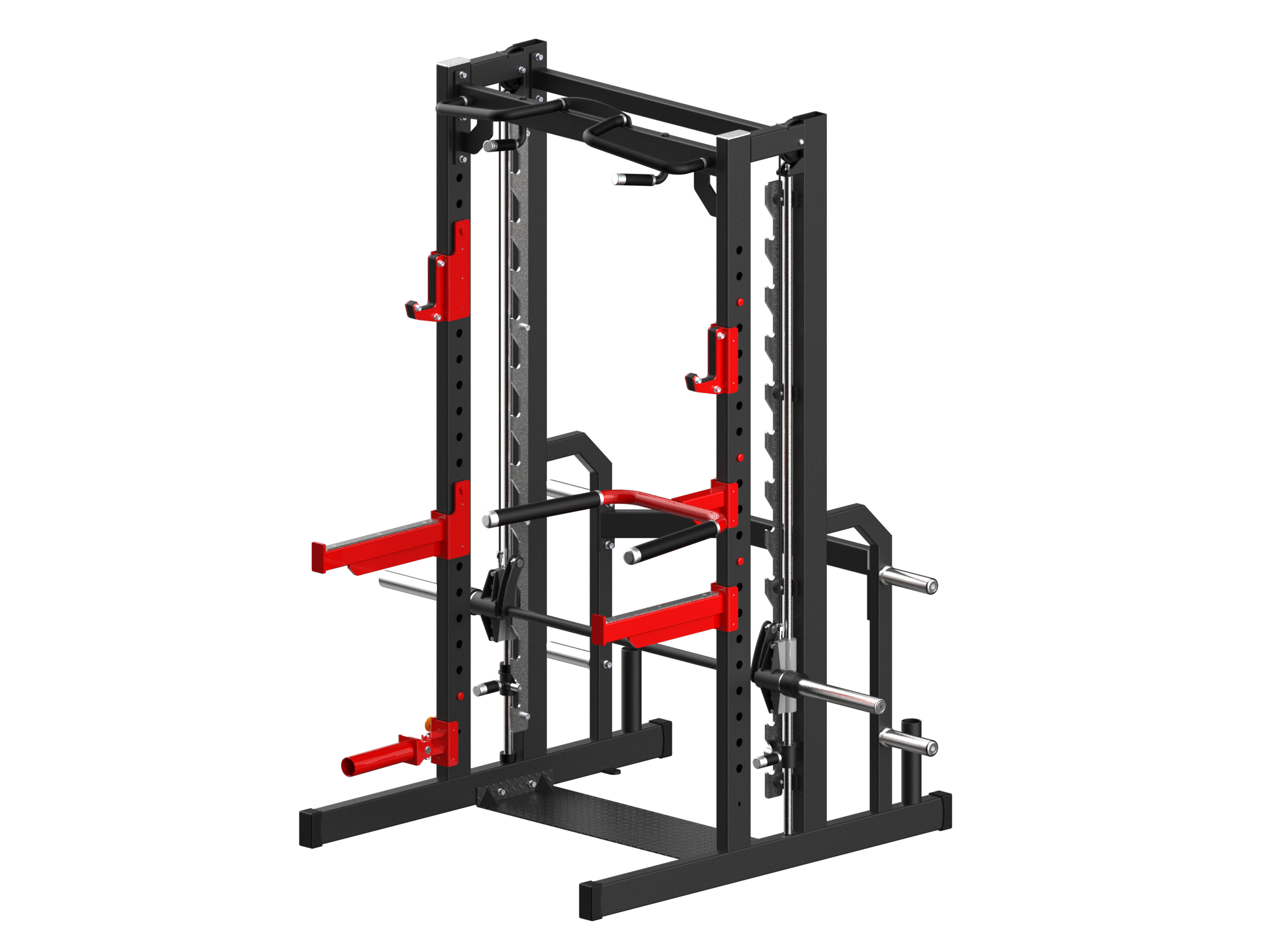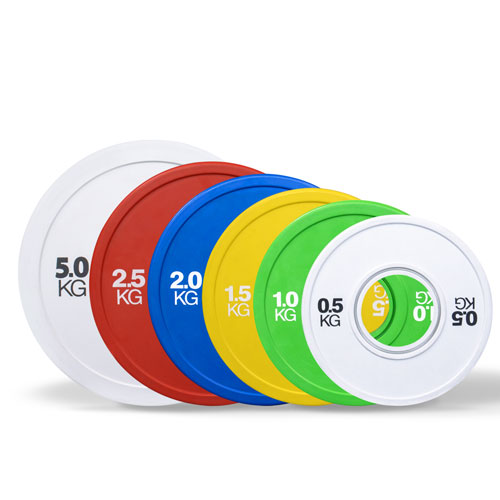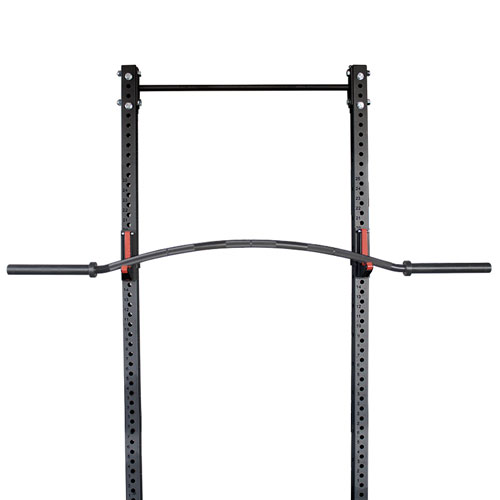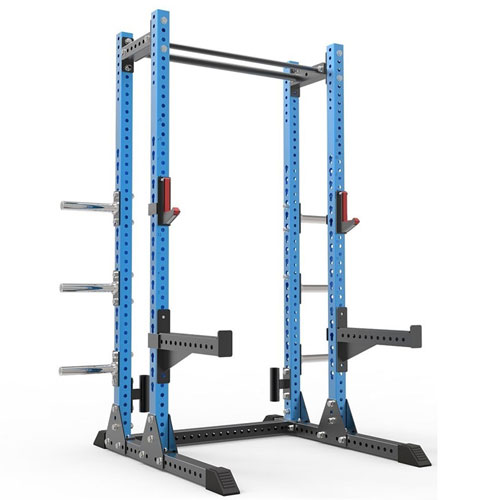Quinque Exercitia ad Habitus Corporis Emendandum et Dolorem Minuendum
Homines ad movendum nati sunt. Recti stare nati sumus. Capitibus erectis ambulare nati sumus.
Sed alicubi in hoc evolutionis iter, aliquis computatrum ante nos in mensa posuit et telephonum in manus nostras posuit. Et horas incurvati degere coepimus. Menta nostra, olim satis longe a gutturis nostris, nunc introrsum inclinari coeperunt. Humeri nostri incurvati sunt; incessus nostri leniter moti sunt.
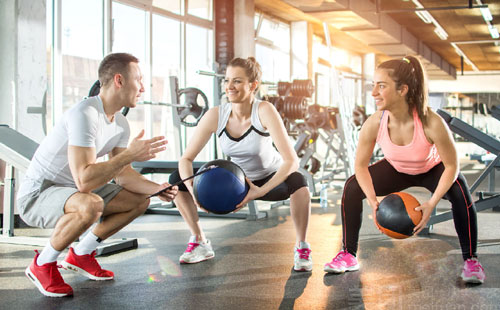
Cum capita nostra — quae decem fere libras ponderant — prorsum inclinantur, id pressio in spinas nostras usque ad sexaginta libras augetur. Non mirum est multos ex nobis cum iactura massae musculorum, cum mala positione corporis, cum aucto periculo iniuriae conflictari. Physiologi hanc condicionem inde resultantem Syndromam Superiorem et Inferiorem Cruciatam appellant.
Cursus exercitationis Orangetheory, scilicet, has aliasque molestias hodiernas compensare possunt. Clavis est impetum ab illis sexaginta minutis in reliquam vitam tuam continuare.
Hoc significat motum per totum diem curare, sicut cibos salubres parare et tempus cum caris agere. Si ita feceris, melius te senties et plus energiae ad cotidianas operas habebis.
Aaron Santiso, physiotherapeuta et sodalis consilii medici consultoris apud Orangetheory, has exercitationes extensionis offert ut nos fortes, in ordine et erectos per totum diem servet. Quaedam extensiones quas commendat tam faciles sunt ut fortasse cogites, "Quomodo hoc iuvare potest?" Scientiae crede. Ita iuvat.
The name: Upper trapezius stretch
The target: The muscles in your upper back that help you raise your arms.
The reason: When you lift your arms, one shoulder may seem higher than the other. “Your body may be compensating during this movement pattern due to a muscular imbalance and weakness inside your shoulder,” Aaron says.
The method: Sit tall on a chair, grasping the edge of the seat with your right hand. Slowly bend your neck toward your left shoulder, using your left hand to direct your head. Be sure to keep your right shoulder pressed down. Stop when you feel a comfortable pull on the right side of your neck. Hold for 20 seconds; return to starting position and repeat on the left side. Aim for five stretches on each side, whenever you feel the need.
The name: Levator scapulae stretch
The target: If you know even pidgin Latin, you can translate this as raising the scapula — the shoulder blade, the bone that connects the upper arm and the collarbone.
The reason: Like the previous exercise, this helps keep your neck from taking over movements designed for your shoulders.
The method: Again, sit tall in a chair, holding onto the right side of the seat with your right hand. With your left hand on top of your head, tilt your chin toward your left armpit. Keep your posture straight, stopping when you feel a comfortable pull in the back of your neck. Repeat on the left side, holding each stretch for 20 seconds, for a total of five times on each side.
The name: Open-clam exercise
The target: This especially helps alleviate Upper Crossed Syndrome, which is discomfort in the neck, shoulders, chest, mid-back, elbows and wrists. It starts when we hunch over our computers and follows us into the gym, causing poor form and leading to more discomfort.
The reason: Who wants rounded shoulders, a collapsed chest, and a chin that juts out? Do this exercise two or three times a week to bring your center of gravity in line with your body.
The method: Lie on your side, knees bent at 90 degrees. Rest your head on one arm; with the other, hold your hip to keep from rolling your body. Lift your top knee an inch into the air, lower, and repeat. This targets the gluteus muscle, which helps stabilize knees, lower back and pelvis. Aim for four sets of 25 to 35 reps on each side, three or four times a week.
The name: Sideline external rotation
The target: Your shoulders and neck, so you can stand and sit tall without slouching.
The reason: Who wants bad posture? (We’re not seeing any hands being raised here!)
The method: Lie on the floor on your right side, supporting your head with your right hand or with a couple of pillows. With your left elbow at a 90-degree angle, hold a weight no heavier than five pounds in your right hand (any heavier and it could negatively affect your rotator cuff).
Halterem paulatim ad altitudinem paulo supra cubiti eleva, angulum nonaginta graduum servans, dum halterem solo parallelum tenes. Hoc quindecim vel viginti quinque vicibus fac; in altera parte itera. Hoc ter vel quater in hebdomada facere conare.
The name: Hip flexor stretch
The target: The muscles basically responsible for lifting your legs and knees toward your body.
The reason: This counteracts the stiffness that develops when we sit too much, which the average American does for 13 hours a day. Sitting shortens these muscles and can bring about lower back pain, so stretching them is imperative.
The method: Start in a kneeling lunge position, right knee bent at a 90-degree angle over the ankle, left knee on the ground, weight evenly distributed to both legs. Draw in your navel. With hands on your hips, slowly move your body forward till you start to feel a stretch in your left leg.
Ad extensionem profundiorem, bracchium ex latere quod extenditur attolle et corpus tuum ad illum latus torque. Per triginta secunda tene; in altero latere itera. Haec una series est; quattuor plures fac, clunes ex utroque latere extendito premendo. Conare hoc in consuetudinem quotidianam facere.
Hic sunt paucae aliae admonitiones ad movendum perseverandum (praeter exercitationes Orangetheory, scilicet), etiam si in opere scribae laboras et maximam partem diei sedes. Utilesne invenis? Communica quaeso; postremo, omnes in hac re motus una sumus.
1. Latrina in alio tabulato utere.
2. Dum exspectas dum capulus tuus iterum calefiat, flexiones brachiorum in mensa tua vel tricipitium infunde.
3. Quisque triginta minuta, surge. Deinde sede. Tum in medio cursu surge; decem secundis tene, tum toto itinere surge. Iterum sede. Memento omne momentum summari.
4. Cum sedes, ambos pedes a solo tolle. Decem, quindecim, aut triginta secunda tene. Per totum diem itera.
5. Foras quam saepissime exi. Etiam pauca minuta in aere puro pressionem sanguinis minuere et mirabilia pro animo tuo facere possunt.
6. Pilam ad mensam habe. Interdum eam inter talos pone. Crura extende; per pauca momenta tene, deinde ea flecte.
7. Hydra te. Numquam sine ampulla aquaria eris. Imple eam in alio pavimento, duobus passibus simul factis.

